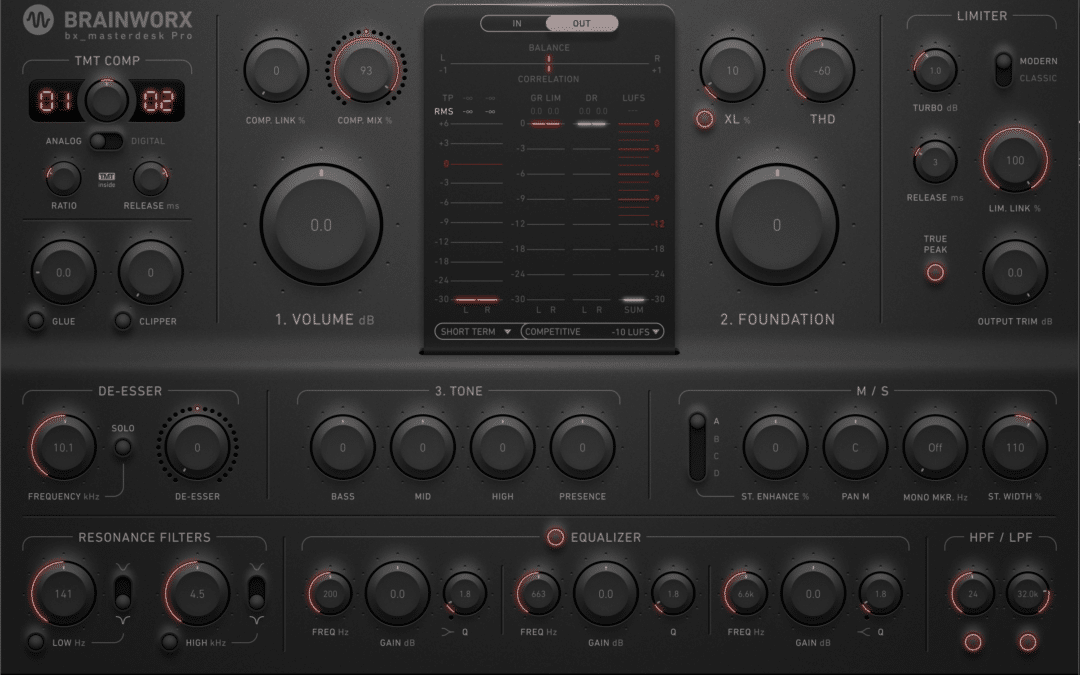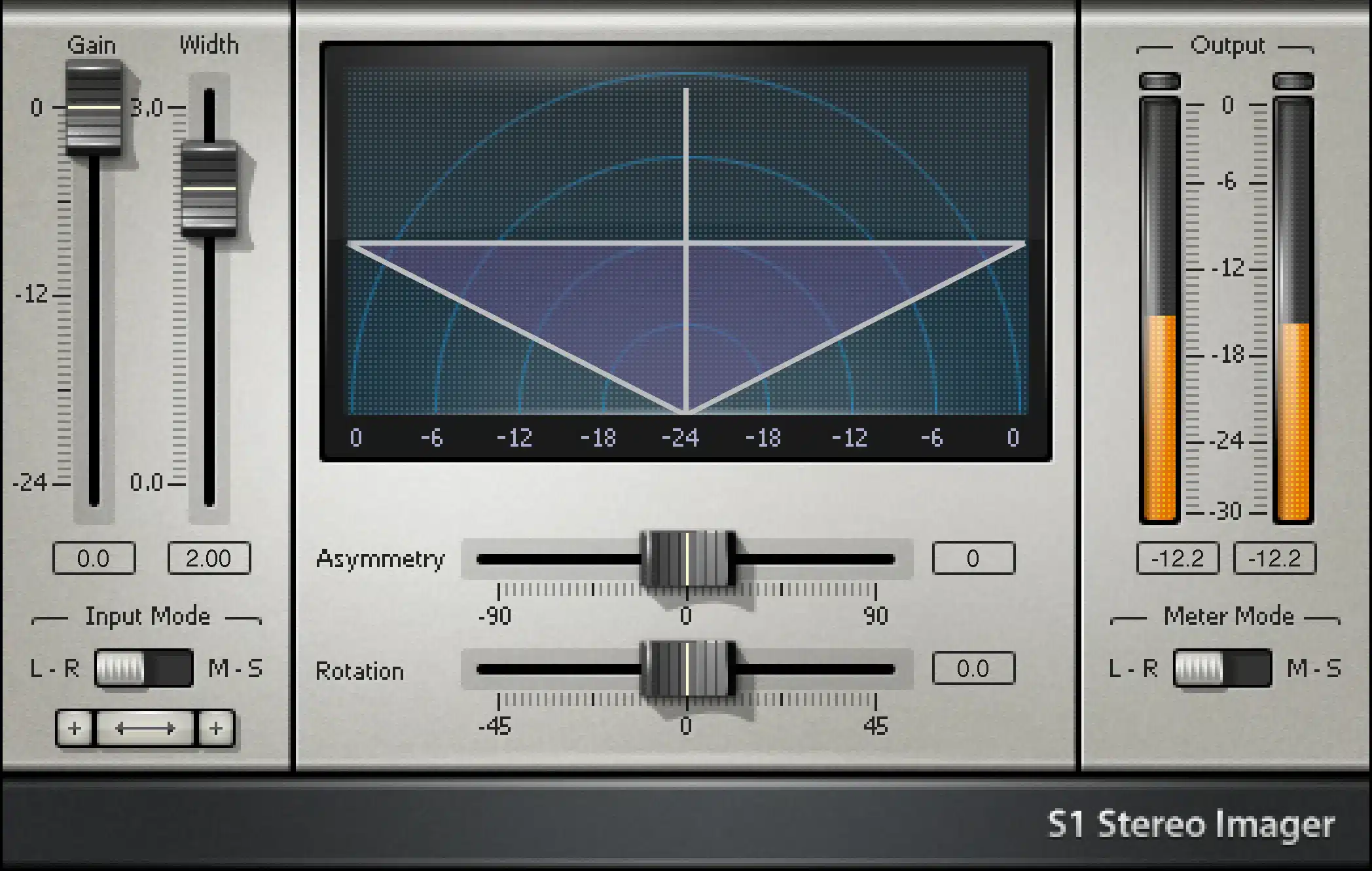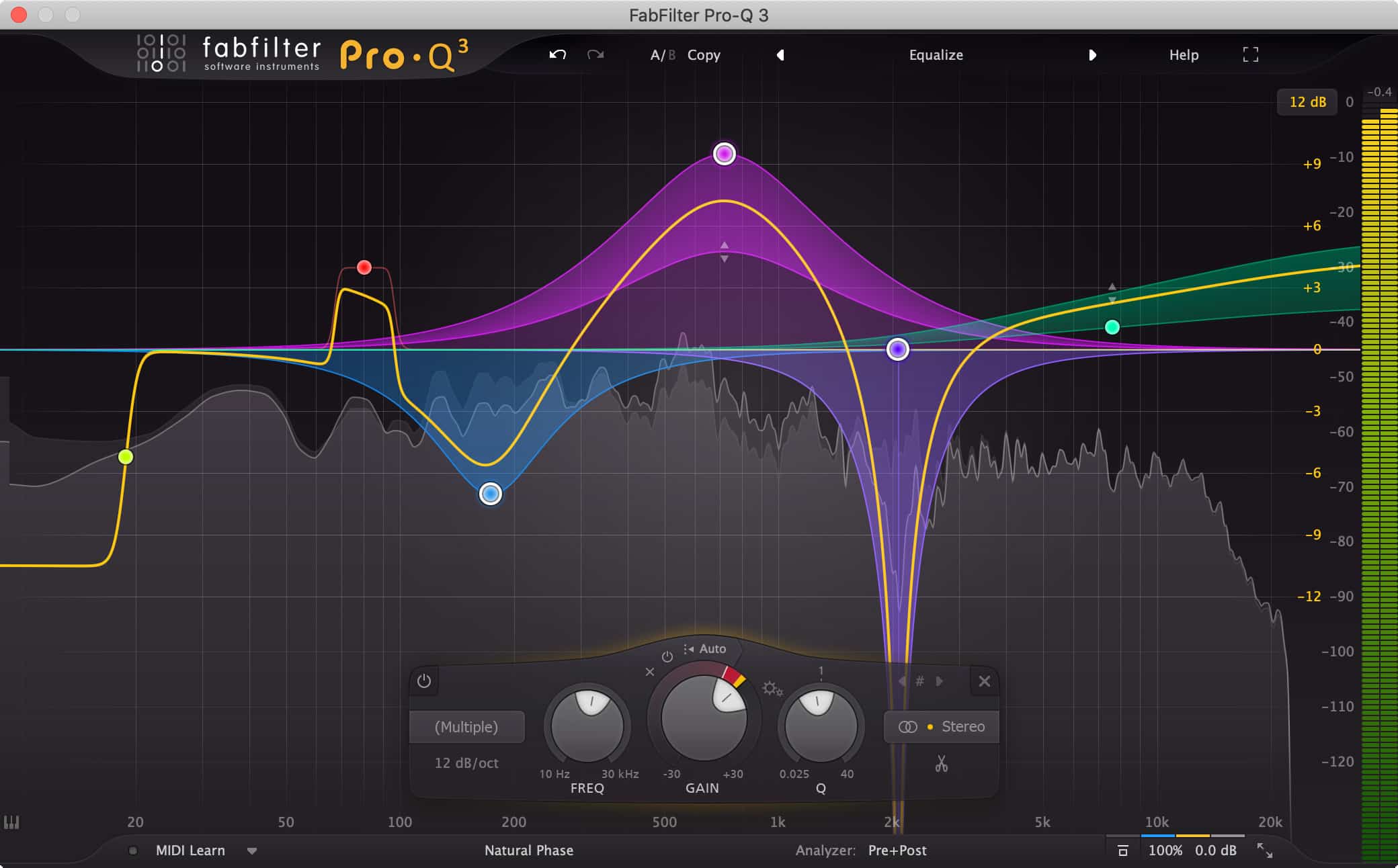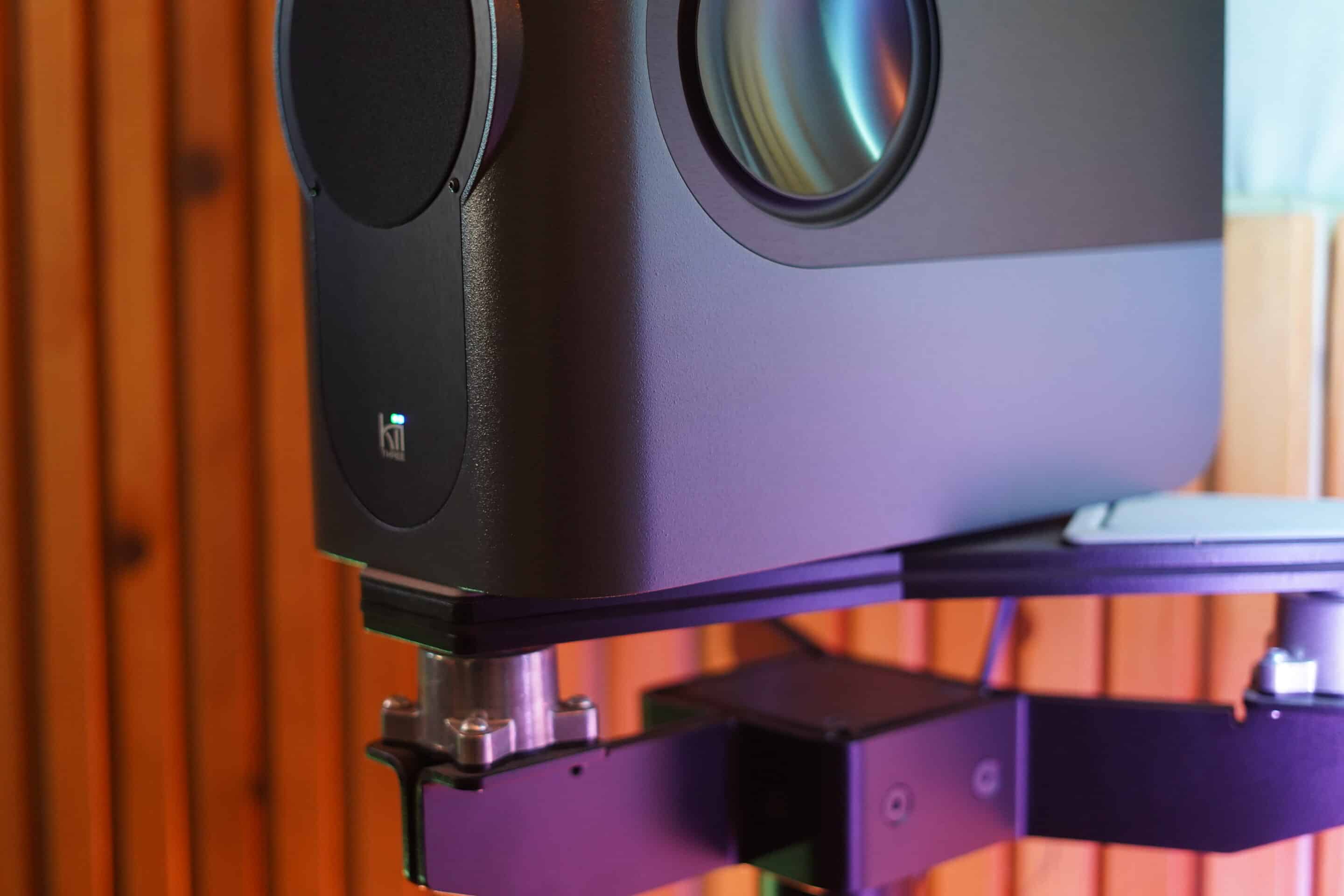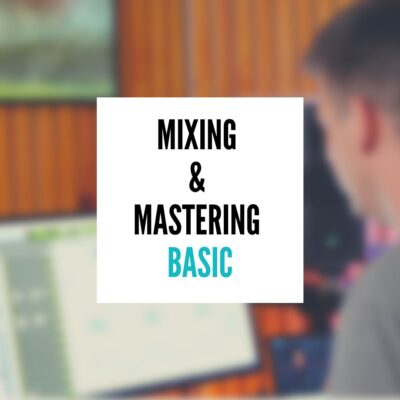When it comes to audio processing in music production, two terms that often come up are “mix bus” and “master bus.” These techniques play crucial roles in the mixing and mastering stages, but what exactly do they entail and how do they differ?
The mix bus refers to the individual channel or group of channels where all the individual tracks in a mix come together. It is like the heart of the mixing console or DAW (Digital Audio Workstation), where various processing tools, such as EQ, compression, and saturation, can be applied to shape the overall sound. The mix bus processing helps glue the individual tracks together and shape the overall tone and dynamics of the mix.
On the other hand, the master bus is the final output stage of the mix, where the entire mix is prepared for distribution or further mastering. This is where the final touches are applied to enhance the overall sound and optimize it for various playback systems. The master bus typically includes processing tools like EQ, compression, stereo widening, and limiting, to shape the tonal balance, control dynamics, create width and depth, and ensure the mix reaches the desired loudness levels without distortion.
The primary difference between mix bus and master bus processing lies in their purpose and stage of audio production. Mix bus processing is performed during the mixing stage and focuses on shaping the individual tracks and creating a cohesive mix. Master bus processing, on the other hand, is done during the mastering stage and focuses on enhancing the final mix as a whole, optimizing it for distribution, and ensuring it sounds polished and professional across different playback systems.
The optimal use of mix bus and master bus processing depends on the desired outcome and the specific characteristics of the mix. In mix bus processing, tools like compression, EQ, and saturation can be used to enhance the overall cohesion and balance of the mix. It is important to use these tools judiciously, as excessive processing can lead to an unnatural or unbalanced sound. In master bus processing, the focus should be on fine-tuning the mix to meet the desired loudness levels and tonal balance, while still preserving the dynamics and clarity of the mix.
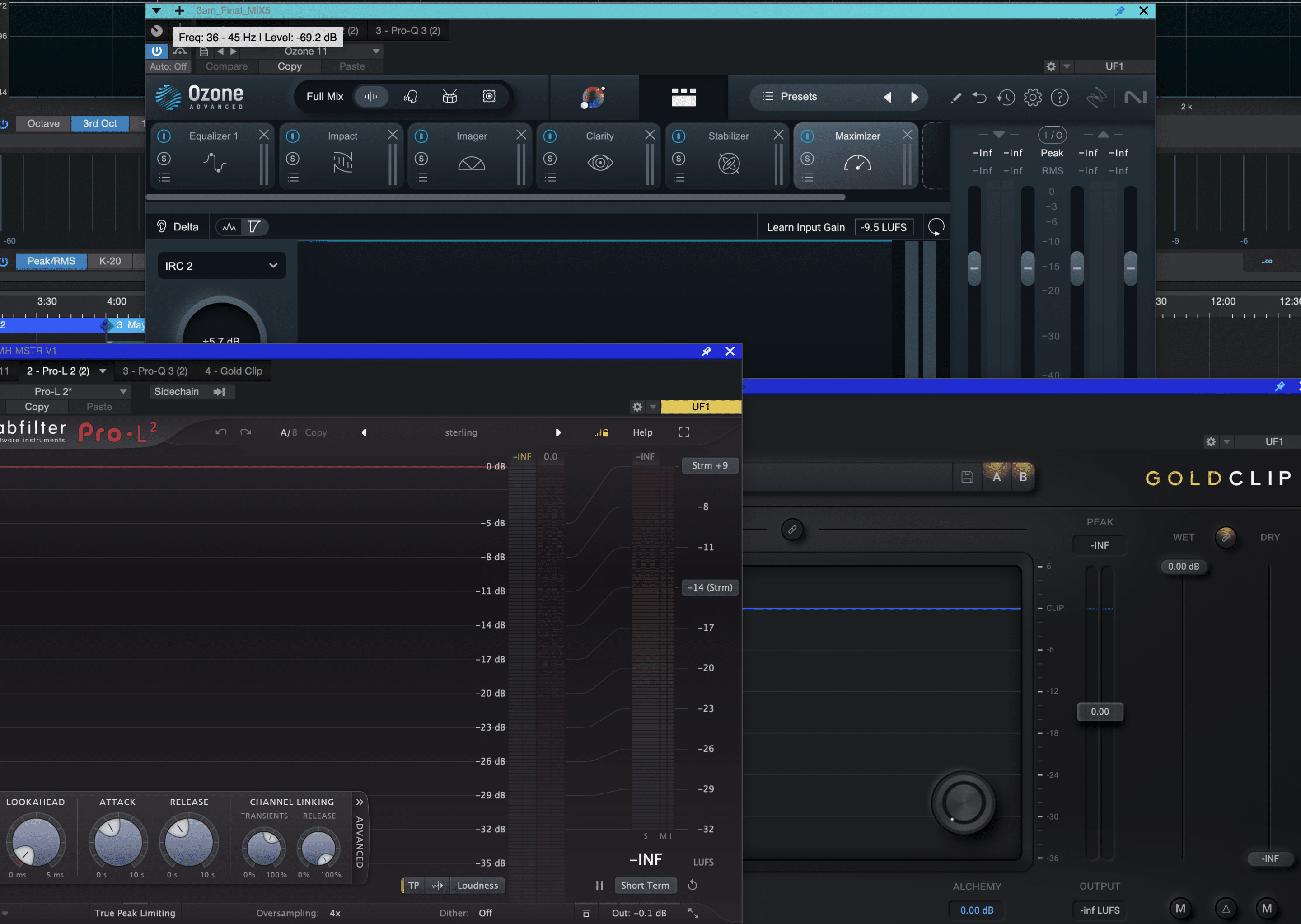
Mix bus vs Master Bus
Key Takeaways:
- A mix bus is where all the individual tracks in a mix come together, and various processing tools are applied to shape the overall sound.
- A master bus is the final stage of audio processing, where the mix is prepared for distribution and further optimization.
- Mix bus processing is performed during the mixing stage, while master bus processing is done during the mastering stage.
- Optimal use of mix bus and master bus processing depends on the desired outcome and the specific characteristics of the mix.
- Both mix bus and master bus processing require a delicate balance to ensure a polished and professional sound.
What is a Mix Bus?
The mix bus is a fundamental component in audio production, serving as the central channel or group of channels where all individual tracks converge to create the final mix. It plays a crucial role in shaping the overall sound and achieving a cohesive, balanced mix.
In a mixing console or Digital Audio Workstation (DAW), the mix bus provides a space for applying various processing tools, such as EQ, compression, and saturation. These tools allow for collective control over the balance, tone, and dynamic range of the mix.
With mix bus processing, you can add cohesion and character to your mix while also controlling the overall level. By fine-tuning the mix bus, you can enhance the blend of individual tracks, smooth out any inconsistencies, and create a unified sound.
However, it’s crucial to exercise caution when using mix bus processing techniques. Excessive processing can lead to an unnatural or unbalanced sound. It’s important to strike the right balance and ensure that the mix bus processing enhances the mix without overpowering or diminishing its natural dynamics.
Applying the right mix bus processing techniques can significantly elevate your mix, adding depth, cohesion, and warmth to the overall sound. However, it requires a careful and judicious approach to avoid over-processing and maintain the integrity of the original tracks.
What is a Master Bus?
The master bus is a crucial component in the audio processing chain, serving as the final stage of a music mix before distribution or further mastering. It plays a pivotal role in enhancing the overall sound and ensuring that the mix translates well across different playback systems.
The master bus encompasses a range of processing tools that allow engineers to shape the tonal balance, control dynamics, create width and depth, and achieve the desired loudness levels without compromising the integrity of the mix. These tools typically include:
- EQ: Used to fine-tune the frequency response of the mix, addressing any tonal imbalances or excessive frequencies.
- Compression: Applied to control the dynamic range of the mix, providing a consistent and polished sound.
- Stereo widening: Utilized to expand the stereo image and enhance the width and spatial representation of the mix.
- Limiting: Ensures that the mix doesn’t exceed desired loudness levels while preventing distortion.
Master bus processing requires a delicate touch, as it has a significant impact on the final sound and overall perception of the mix. Engineers must strike a balance between enhancing the mix’s qualities and avoiding excessive processing, which could result in an unnatural or overproduced sound.
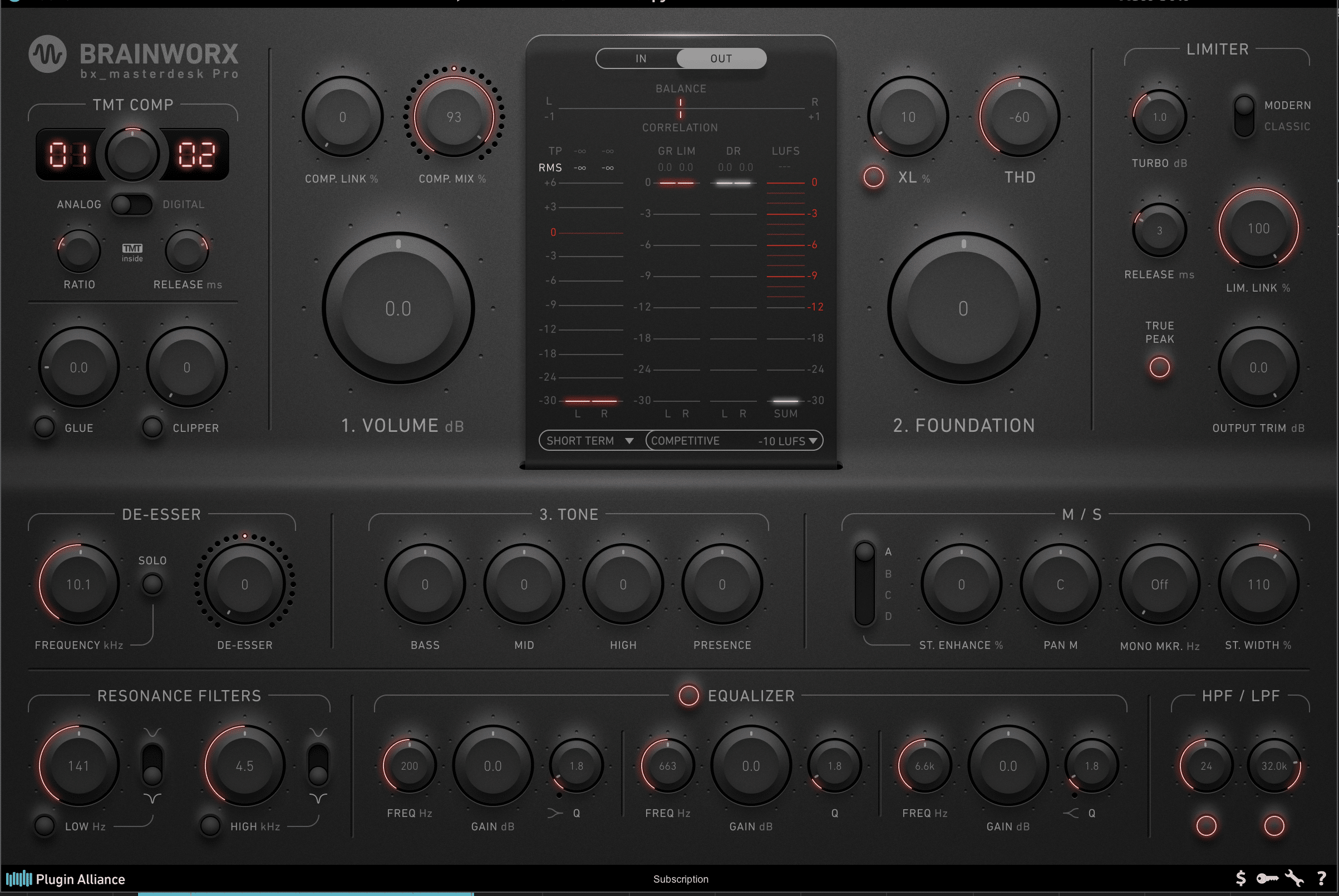
Mix Bus vs Master Bus
Differences Between Mix Bus and Master Bus Processing
When it comes to audio production, mix bus and master bus processing play crucial roles in shaping the sound and ensuring a professional final mix. Understanding the differences between these two techniques is essential for achieving the desired sonic quality.
At a glance:
- Mix bus processing focuses on shaping individual tracks and creating a cohesive mix.
- Master bus processing enhances the final mix, optimizing it for distribution and various playback systems.
- Mix bus processing is performed during the mixing stage, while master bus processing is done during the mastering stage.
- Mix bus processing has a subtle effect on the overall sound, while master bus processing has a more noticeable impact on the final mix.
Let’s dive deeper into the differences between mix bus and master bus processing:
Mix Bus Processing:
Mix bus processing refers to the application of various audio effects and dynamic control tools to the group of tracks in a mix. The goal is to shape the individual tracks and create a cohesive sound. Some common mix bus processing techniques include:
- EQ: Adjusting the frequency balance and tonal qualities of the mix.
- Compression: Controlling the dynamic range and adding glue to the mix.
- Saturation: Adding warmth and harmonics to enhance the overall sound.
Master Bus Processing:
Master bus processing, on the other hand, focuses on optimizing the entire mix for distribution and different playback systems. It is typically done during the mastering stage, which is the final step in the music production process. Here are some key techniques used in master bus processing:
- EQ: Fine-tuning the tonal balance and addressing any frequency imbalances.
- Compression: Ensuring consistent dynamics and controlling peaks and transients.
- Stereo Widening: Creating a sense of width and depth in the mix.
- Limiting: Adjusting the mix’s loudness levels without introducing distortion.
Master bus processing requires a delicate touch, as it can significantly affect the overall sound and impact of the mix. The goal is to make the mix sound polished and professional across various playback systems.
Understanding the differences between mix bus and master bus processing allows producers and engineers to make informed decisions in shaping the sound and achieving the desired sonic results.
| Mix Bus Processing | Master Bus Processing |
|---|---|
| Focuses on shaping individual tracks and creating a cohesive mix | Enhances the final mix and optimizes it for distribution |
| Performed during the mixing stage | Performed during the mastering stage |
| Has a subtle effect on the overall sound | Has a more noticeable impact on the final mix |
Optimal Use of Mix Bus and Master Bus Processing
When it comes to achieving the best possible sound in a mix, the optimal use of mix bus and master bus processing is crucial. Understanding how to leverage these techniques can greatly enhance the overall quality and impact of your music. In this section, I will share key insights on how to make the most of mix bus and master bus processing to achieve exceptional results.
The Importance of Mix Bus Processing
When working with a mix bus, it is essential to apply the right tools and techniques to create a cohesive and balanced mix. Here are some key considerations:
- Compression: Using compression on the mix bus can help control dynamics and create a more consistent and polished sound. However, it’s important to use compression judiciously to maintain the natural dynamics of the music.
- EQ: Applying EQ on the mix bus allows you to shape the overall tonal balance of the mix and address any frequency imbalances or conflicts between instruments. Use EQ sparingly to avoid altering the individual characteristics of each track.
- Saturation: Saturation plugins can be used on the mix bus to add warmth, harmonics, and a touch of analog flavor. However, be cautious not to overdo it, as excessive saturation can result in a muddy or distorted mix.
By using these tools effectively, you can bring all the individual tracks together and create a unified sound that showcases the best qualities of each element in the mix.
Master Bus Processing for Optimal Results
Once the mix has been balanced and refined, it’s time to focus on the master bus to optimize the final sound. Here are some key strategies:
- EQ: On the master bus, use EQ to make subtle tonal adjustments to ensure the mix translates well on various playback systems. Focus on refining the balance of frequencies and addressing any small imbalances that may have gone unnoticed during the mixing process.
- Compression: Applying gentle compression on the master bus helps to control dynamics and ensure a consistent level throughout the mix. Avoid excessive compression, as it can squash the dynamics and result in a lifeless sound.
- Limiting: Limiting is used on the master bus to achieve the desired loudness levels and prevent clipping. Set the limiter parameters carefully to preserve the dynamics and clarity of the mix while achieving an impactful and balanced final sound.
Remember, the goal of master bus processing is to enhance the mix and prepare it for distribution, ensuring it sounds professional and polished on various playback systems.
A Balanced Approach for Optimal Results
“Mix bus and master bus processing should always be approached with balance and subtlety. It’s about enhancing the mix without overpowering or altering its inherent qualities.”
Both mix bus and master bus processing play complementary roles in achieving the best sound for your music. The key is to use these techniques in a balanced and transparent manner, preserving the dynamics and character of the mix.
Now that we’ve explored the optimal use of mix bus and master bus processing, let’s dive into the concluding section where we’ll summarize the key insights and offer final takeaways for your music production journey.
Conclusion
In conclusion, understanding the differences and optimal use of mix bus and master bus processing is crucial for achieving professional-sounding mixes and masters. The mix bus serves as the central channel or group of channels where all the individual tracks come together, allowing for collective control over the balance, tone, and dynamics of the mix. Through careful mix bus processing, the overall cohesion and character of the mix can be enhanced, while maintaining a natural and balanced sound.
On the other hand, the master bus is the final stage of audio processing where the mix is prepared for distribution or further mastering. It involves applying final touches to optimize the mix for various playback systems, ensuring it sounds polished and professional. Master bus processing includes tools to shape the tonal balance, control dynamics, create width and depth, and achieve the desired loudness levels without distortion. The key here is to strike a delicate balance in master bus processing, as it greatly influences the overall sound and impact of the mix.
Optimal use of mix bus and master bus processing relies on understanding their purpose and stage of audio production. During the mixing stage, judicious use of mix bus tools like compression, EQ, and saturation can improve the overall cohesion and balance of the mix. In contrast, during the mastering stage, subtle and careful application of mastering tools like EQ, compression, and limiting is vital to preserve the dynamics and clarity of the mix while fine-tuning it for the desired loudness levels and tonal balance.
By using these techniques appropriately, audio professionals can achieve high-quality mixes and masters that translate well across different playback systems, leaving a lasting impact on listeners. Whether you are a mixing engineer or a mastering engineer, mastering the art of mix bus and master bus processing is a key skill to elevate the sonic quality of your audio productions.
FAQ
What is the difference between a mix bus and a master bus?
The mix bus refers to the individual channel or group of channels where all the individual tracks in a mix come together. The master bus, on the other hand, is the final output stage of the mix, where various processing tools are applied to enhance the overall sound.
What is a mix bus?
The mix bus is the central channel or group of channels in a mixing console or DAW (Digital Audio Workstation) where all the individual tracks are routed to create the final mix. It is where various processing tools, such as EQ, compression, and saturation, are applied to shape the overall sound.
What is a master bus?
The master bus is the final stage of audio processing in a mix, where the mix is prepared for distribution or further mastering. It is where the final touches are applied to the mix to enhance its overall sound and optimize it for various playback systems.
What are the differences between mix bus and master bus processing?
Mix bus processing focuses on shaping the individual tracks and creating a cohesive mix by applying various processing tools to the group of tracks. Master bus processing, on the other hand, focuses on enhancing the final mix as a whole, optimizing it for distribution, and ensuring it sounds polished and professional across different playback systems.
How should mix bus and master bus processing be used optimally?
In mix bus processing, it is important to use tools like compression, EQ, and saturation to enhance the overall cohesion and balance of the mix, while being careful not to overdo it. The goal is to bring all the individual tracks together and create a unified sound. In master bus processing, the focus should be on fine-tuning the mix to meet the desired loudness levels and tonal balance, while ensuring the mix translates well on various playback systems.

